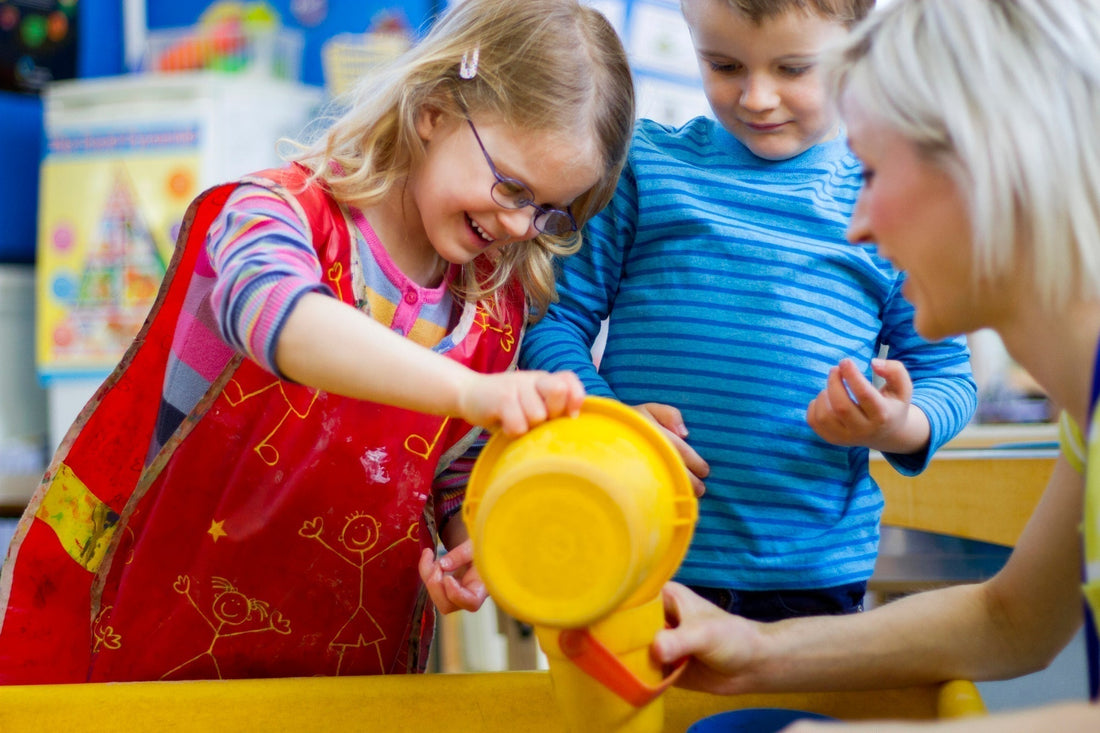
Science Activities for Babies – Everyday Play That Builds Skills
Share
Science activities for babies are a gentle way to support early development. These playful moments help babies explore textures, sounds, and movement. For mums looking to encourage growth at home, simple science-based play can make a big difference.
Let’s break it down.
Why Science Activities Matter in Baby Development
Babies learn through their senses. Science activities encourage:
- 👀 Visual tracking
- 👂 Listening and sound recognition
- 🖐 Touch and texture exploration
- 🧠 Cause and effect understanding
The Australian Parenting Website confirms that sensory play supports brain growth and helps babies connect with their surroundings.
Here is why it works: when babies touch, hear, and see new things, their brains form connections. These early experiences shape how they learn later.
Easy Science Activities for Babies at Home
You don’t need fancy tools. Everyday items can turn into learning stations.
Water Play
Fill a shallow tray with water. Add spoons, cups, and soft toys. Let your baby splash and scoop.
- Builds hand-eye coordination
- Teaches cause and effect
- Introduces concepts like floating and sinking
Always supervise closely. Use warm water and keep sessions short.
Texture Exploration
Place different materials in a basket cotton, foil, sponge, silk. Let your baby touch and feel each one.
- Boosts tactile awareness
- Encourages curiosity
- Helps with grip strength
The Early Childhood Australia site recommends rotating textures weekly to keep interest high.
Sound Science for Babies
Babies respond strongly to sound. Try these ideas:
- Shake homemade rattles with rice or pasta
- Tap wooden spoons together
- Play soft music and watch reactions
Sound activities help babies learn rhythm and tone. They also support emotional regulation.
According to the Australian Government’s Department of Education, music and sound play improve attention and memory in early childhood.
Light and Shadow Play
Use a torch in a dark room. Shine it on walls, toys, and your hand. Move objects to create shadows.
- Teaches visual tracking
- Builds spatial awareness
- Introduces light and dark concepts
Try using coloured cellophane to change the light. Babies love watching colours shift.
Nature-Based Science Activities
Take your baby outside. Nature is full of science.
- Lay on a linen play mat and let them touch leaves and grass
- Watch clouds move
- Listen to birds and wind
Outdoor play supports sensory development and builds connection to the environment.
Nature Play WA encourages outdoor exploration for babies and toddlers.
Tips for Mums Starting Science Activities
Here’s how to keep it simple:
- Use what’s already at home
- Follow your baby’s interest
- Keep sessions short (10 to 15 minutes)
- Repeat activities to build familiarity
Babies thrive on routine. Doing the same activity a few times helps them learn.
Common Questions from Mums
What age can I start science activities?
From birth. Sensory play like touch and sound is perfect for newborns. Just keep it gentle.
How often should I do these activities?
Two to three times a week is a good rhythm. Mix with other play types like tummy time or reading.
What if my baby doesn’t seem interested?
Try again later. Babies have different moods. Some days they’re curious, other days they need rest.
Final Thoughts for Mums
Science activities for babies are simple, safe, and full of learning. Whether it’s water play, sound games, or nature walks, each moment helps your baby grow. You don’t need special equipment, just a few items, your time, and a bit of curiosity.
Try one activity this week. Watch your baby respond with wonder.
